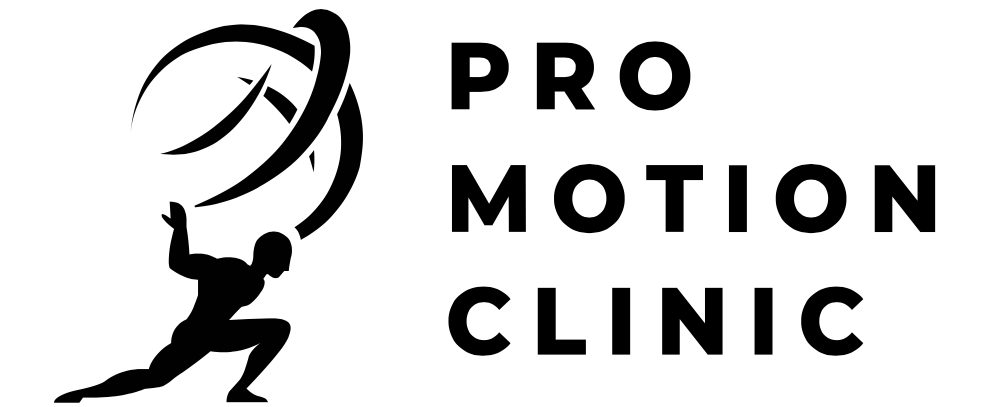Shockwave Therapy
Shockwave Therapy is a multidisciplinary device used in physiotherapy and sports medicine. Its main assets are fast pain relief and mobility restoration. As a non-surgical therapy with no need for painkillers, it is an ideal therapy to speed up recovery and cure acute or chronic pain.
Shockwave is an acoustic wave which carries high energy to painful spots and myoskeletal tissues with subacute, subchronic and chronic conditions. The energy promotes regeneration and reparative processes of the bones, tendons and other soft tissue, causing overall medical effects of accelerated tissue repair and cell growth, analgesia and mobility restoration.
Medical Effects of Shockwave Therapy:
New Blood Vessel Formation
Reversal of Chronic Inflammation
Stimulation of Collagen Production
Dissolution of Calcified Fibroblasts (breaking down calcium build-up due to trauma)
Dispersion of Pain Mediator “Substance P” (the neurotransmitter that mediates pain information)
Release of Trigger Points (principal cause of pain in the back, neck, shoulders and limbs)
Shockwave FAQ:
How many treatments will I need?
The number of treatments varies depending on the indication and tissue response. The effect of the treatment is cumulative, so you will typically need more than one (3–5) treatment. Very often though, you will experience relief right after the first treatment.
How often will I need the treatment?
Most indications require 3–5 treatments which are done 3–10 days apart, depending on the patient’s tolerance and their tissue response.
Will Shockwave therapy help me?
Most patients with chronic pain problems have been through various unsuccessful types of treatments. Up to 80% of the same patients worldwide report that Shockwave therapy has helped them eliminate their problem.
Does the treatment hurt?
There may be a slight feeling of discomfort during the treatment, depending on the level of pain the patient is already experiencing in the area. However, since the treatment lasts only about five minutes, most patients are able to tolerate this discomfort. Additionally, the intensity of the treatment can be adjusted throughout the session.

